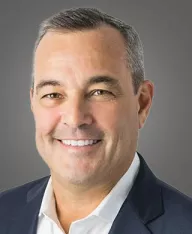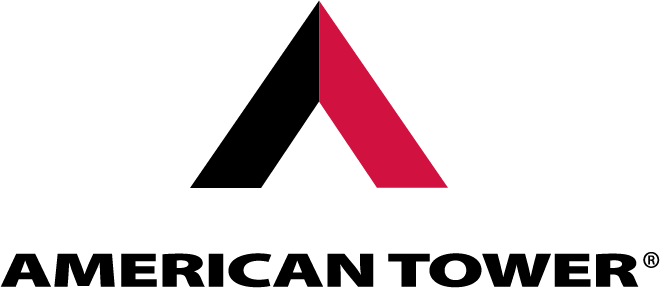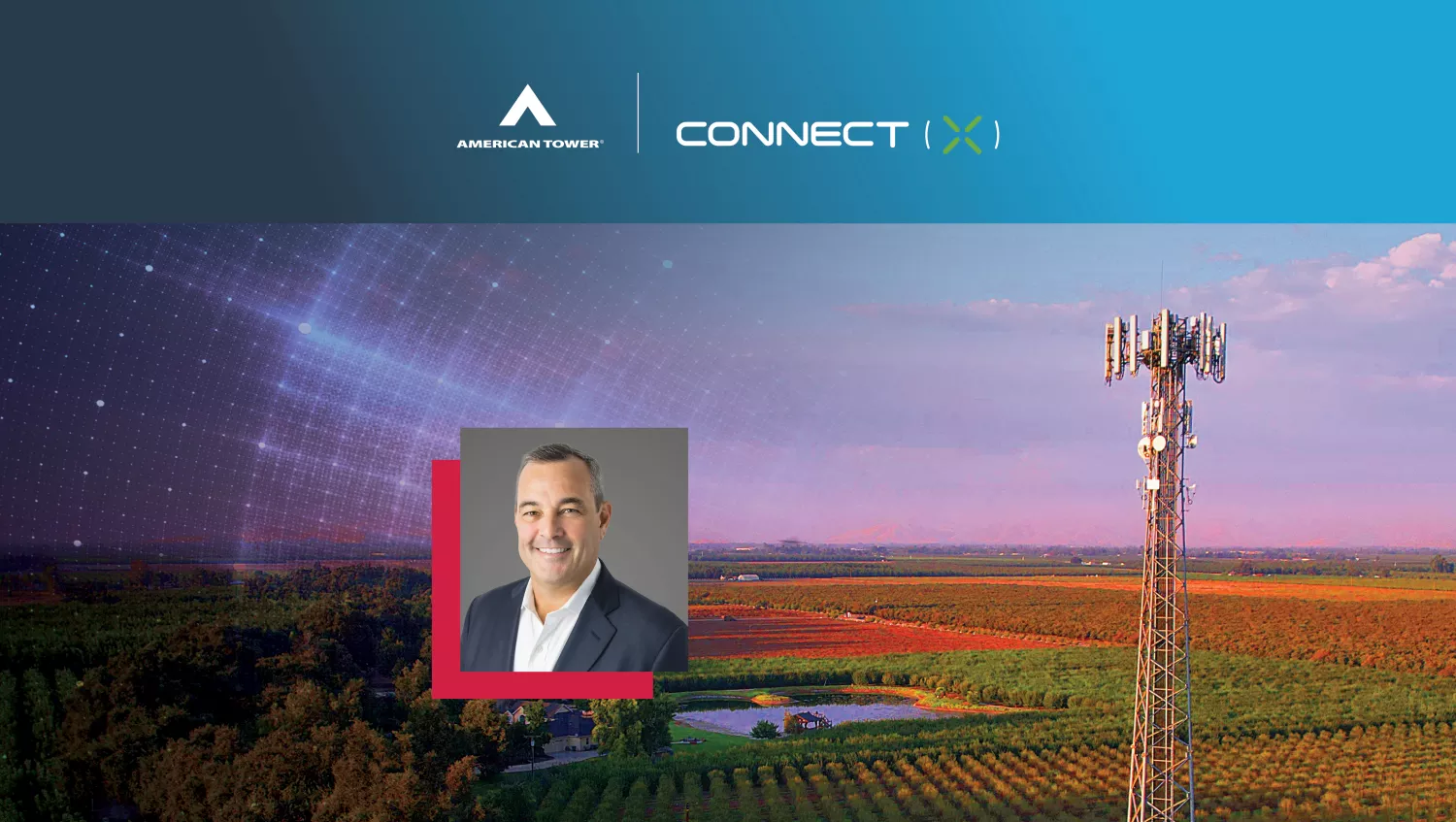Players in the digital infrastructure ecosystem will be squarely focused on the future at Connect (X) 2024, exchanging ideas and engaging in conversations on the next wave of wireless networks, new opportunities to deliver more equitable broadband access, transformative technologies to help citizens and businesses thrive, and the future workforce who will enable it all.
Stepping into my role as Executive Vice President and President, U.S. Tower Division at American Tower, I look forward to joining industry colleagues for a robust discussion on the direction of our industry and how we can position ourselves to facilitate connectivity for all. Join me at the View From the Top session on Thursday, May 16 at 11:35 AM Eastern Standard Time (EST), where I'll share insights into how American Tower is actively supporting opportunities within our industry.
Powered by the Wireless Infrastructure Association (WIA), Connect (X) 2024 will explore next-generation networks and solutions that will usher in ubiquitous connectivity. As we embark on this journey, three key themes emerge, guiding our collective dialogue:
Remaining Focused on 5G
With an estimated $35 billion dollars in average annual capital investments over the next several years, Mobile Network Operators (MNOs) in the U.S. are signaling a sustained and strategic focus on 5G.1 Here’s a look at some important elements empowering the 5G era.
- Spectrum: The spectral efficiency of 5G has increased the amount of data that can be transmitted over the MNO’s existing spectrum. However, with mobile data consumption expected to more than double by 2029, they have expressed a need for additional spectrum to keep pace.2 The industry is relying on the leadership of the National Telecommunications and Information Administration (NTIA) to identify and make available significantly more spectrum bands in the coming years to meet the anticipated demand. We expect the deployment of these additional spectrum holdings will generate continued activity on digital infrastructure.
- Densification: MNOs continue to upgrade their equipment on our towers to capitalize on the benefits of mid- and high-band spectrum and extend their reach into unserved or underserved areas. Digital trends, including data-intensive applications and more connected devices, will spur densification investments by MNOs to ensure they have enough network capacity for their customers. These investments can include new tower collocations, sector splitting, and massive Multiple-Input/Multiple-Output (MIMO) equipment.
- In-Building Coverage: The allure of 5G is extending beyond the traditional outdoor macro environment into Large Public Venues (LPVs). In partnership with venues like the Xcel Energy Center, home to the Minnesota Wild and one of North America’s largest arenas, American Tower has seen firsthand how 5G enables new in-building use cases that enhance the fan experience, while driving operational efficiencies and revenue-generating opportunities. Across the U.S., we are providing 5G Distributed Antenna System (DAS) networks and working with LPVs on hybrid networks, cloud solutions, and edge computing to enable low-latency applications.
- Edge Computing: New technologies, such as hybrid cloud and Artificial Intelligence (AI), are accelerating the data center industry. This has created an opportunity for edge computing, which can support the demand for digital infrastructure into new locations and extend the benefits of modern technologies closer to the end device. As a result, our combined tower and interconnected data center platforms can enable new opportunities to deliver additional customer value. While this may take time to materialize, our pilot Aggregation Edge Data Center in Raleigh, North Carolina is expected to be completed in late 2024 and represents an exciting view into the future.
- Future-Ready Workforce: The realization of 5G's transformative potential hinges upon a skilled and adaptable workforce. Everyone in our industry has a responsibility to promote, attract, train, and retain talent, so those in our workforce can build a fulfilling and stable career. WIA is partnering at both federal and state levels to create the framework for structured apprenticeship programs that will help fuel the next generation of skill sets. We appreciate their thought leadership and ability to deliver a workforce development model that can be replicated in different industries.
Driving Equitable Access
Accessing reliable connectivity in unserved and underserved communities continues to be an important initiative in the U.S. The Broadband Equity, Access, and Deployment (BEAD) program provides resources to MNOs, Wireless Internet Service Providers (WISPs), and others to help close the gap, supporting deployment strategies to address specific demographic and geographic needs, including in rural areas.
As the public and private sectors come together to extend broadband connectivity, the process is likely to uncover scenarios where a 5G-powered Fixed Wireless Access (FWA) deployment is the most effective solution. In rural areas and areas with challenging terrain or low-household density, FWA can provide accelerated deployment with greater cost-effectiveness, thus enabling resources to be spread across a greater number of areas with coverage needs. We are working with associations, state broadband offices, and customers to see where wireless solutions will deliver the best results.
Another U.S. funding program, the Affordable Connectivity Program (ACP), works hand-in-hand with the BEAD program, providing broadband subsidies to households that otherwise could not afford access. The principle of universal service—that all Americans should have access to communications services—has been a long-term national goal, recognizing the network is best when we all can connect. We join WIA in supporting the ACP and its extension by Congress.
Seizing Digital Transformation
Innovative technologies will power these new networks across the country, bolster 5G use cases, and bring about new business models we aren’t contemplating today. Private networks and Open RAN are two of the wireless industry’s most promising technologies, while AI is expected to drive business efficiencies and support network performance and optimization.
As part of our commitment to ongoing improvement, American Tower is leveraging technology innovation and exploring ways to better serve customers and enhance operational efficiency. From drones that audit our towers to digital twin technology, we are instituting processes and platforms that leverage industry-leading data to provide a streamlined leasing and on-air experience. We are proud our customers rated us as an industry leader for access to and quality of asset information.3
As we prepare to gather in Atlanta, it’s clear the future is now. Those who aren’t already preparing for innovative 5G use cases—and the networks needed to enable them—will be left behind. I look forward to exchanging ideas with leaders across the wireless landscape and reflecting on how we can collectively fulfill the promise of 5G broadband connectivity for all.
1. CTIA; BAML Global Wireless Matrix, October 2023; Altman Solon Research & Analysis.
2. Ericsson Mobility Report Nov. 2023.
3. Based on the American Tower 2022 and 2023 Customer Satisfaction Surveys.

About the Author: Bud Noel
Bud has more than 25 years of experience in the telecommunications industry. Since joining American Tower in 2011, Bud has fostered a best-in-class approach to the care, leasing, and development of the Company’s U.S. assets and has championed the implementation of enterprise platforms to increase efficiency.

